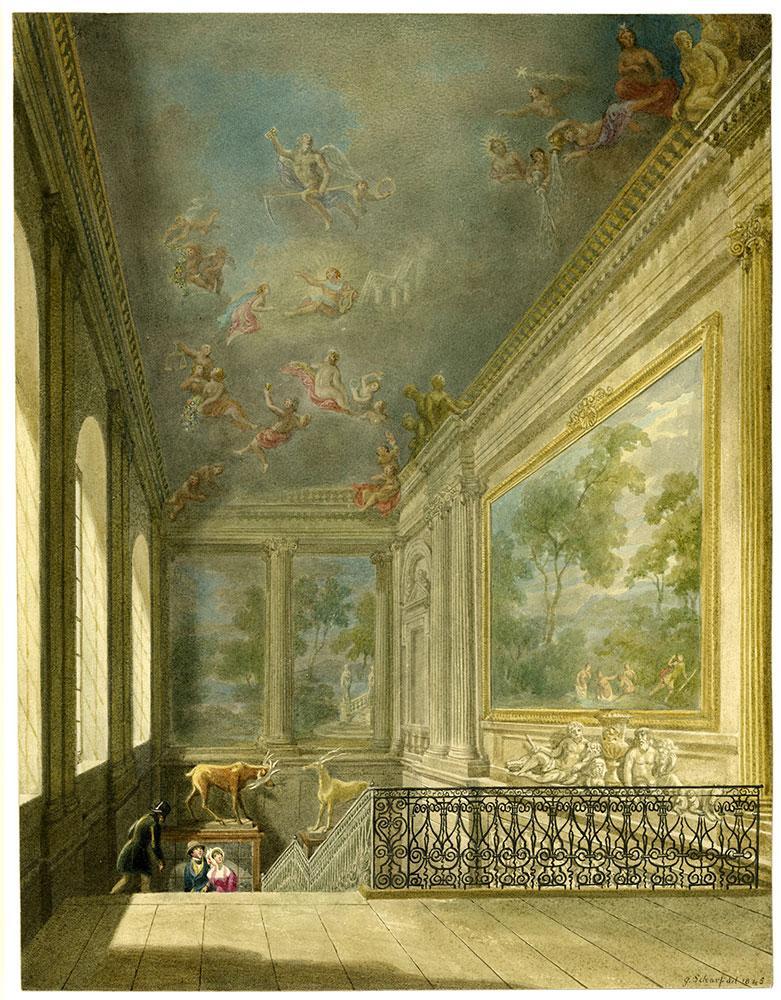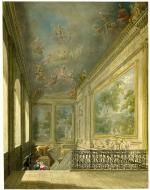Created by Katherine Mutschler on Wed, 12/07/2022 - 15:30
Description:
While this drawing depicts the museum's interior some twenty years after the death of John Keats, this image well-displays how early museum exhibitions were staged. It looks quite different from the museum exhibits we may be used to seeing in the twenty-first century. This is because while human beings have been collecting and displaying scientific, art, and historical artifacts as early as civilization itself, museology has undergone some serious changes over the past three hundred years. While most modern museums emphasize the importance of education and using their artifacts as tangible learning tools, many early museums acted as collections of curiosity intended to entertain. In the late eighteenth century and early nineteenth century, it was common for wealthy people to actually open their homes to visitors the show off their own private collections of art and oddities. Before the Marbles were bought by the British government, Lord Elgin actually exhibited the Greek sculptures in his private collection. I think this image does a good job of displaying the informality of early museums. We see stuffed animal specimens and fine scupltures and paintings nearly right next to each other, with no interpretation media in sight (labels, docents, etc.) This image helps us understand what it would have been like to visit a museum as subsitute for a fun house rather than a learning experience.
image sourced from the British Museum's collection; can be viewed at https://www.britishmuseum.org/collection/object/P_1862-0614-631
content sourced from: https://www.npr.org/2008/11/24/97377145/a-history-of-museums-the-memory-...
Copyright:
Associated Place(s)
Part of Group:
Featured in Exhibit:
Artist:
- George Scharf


